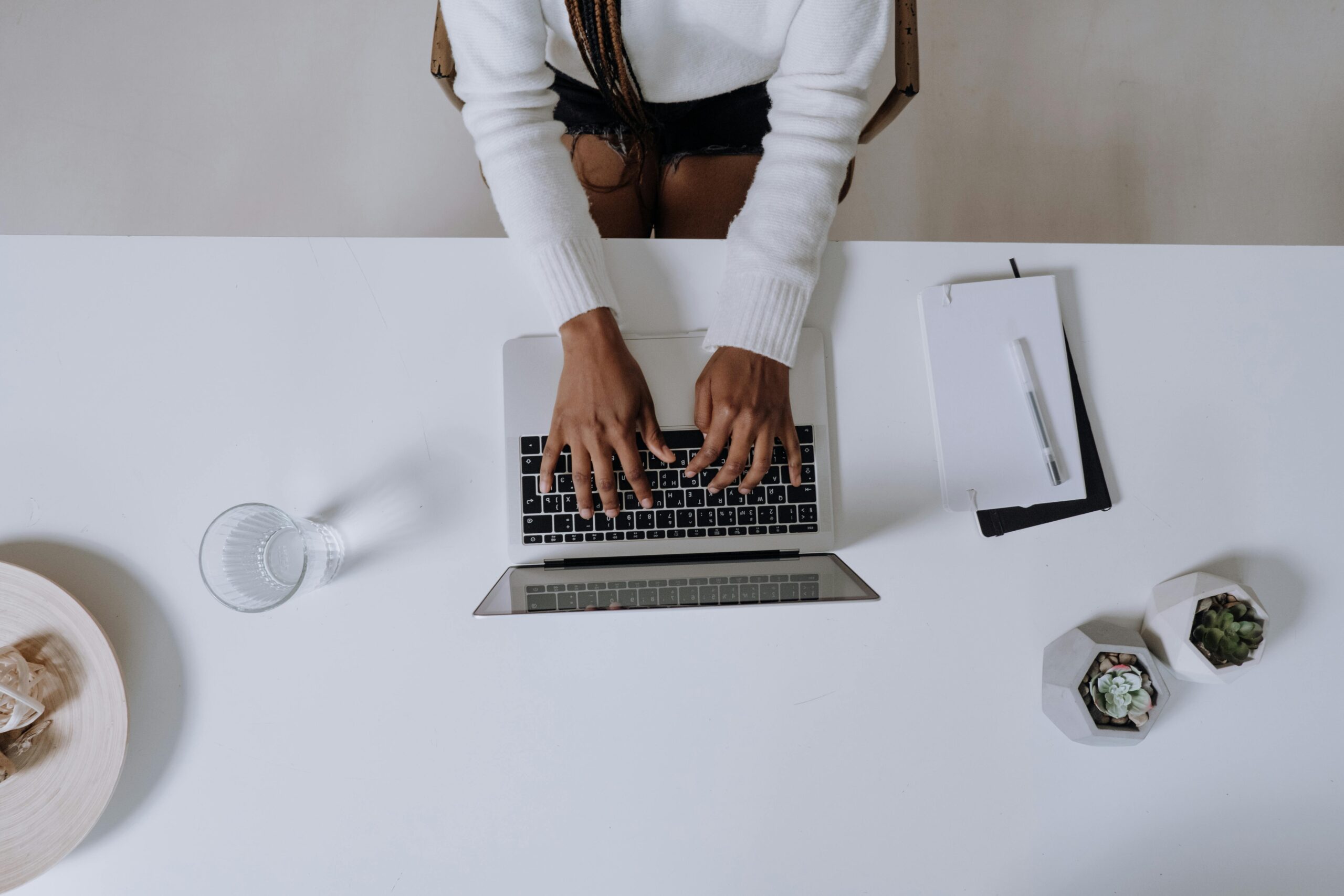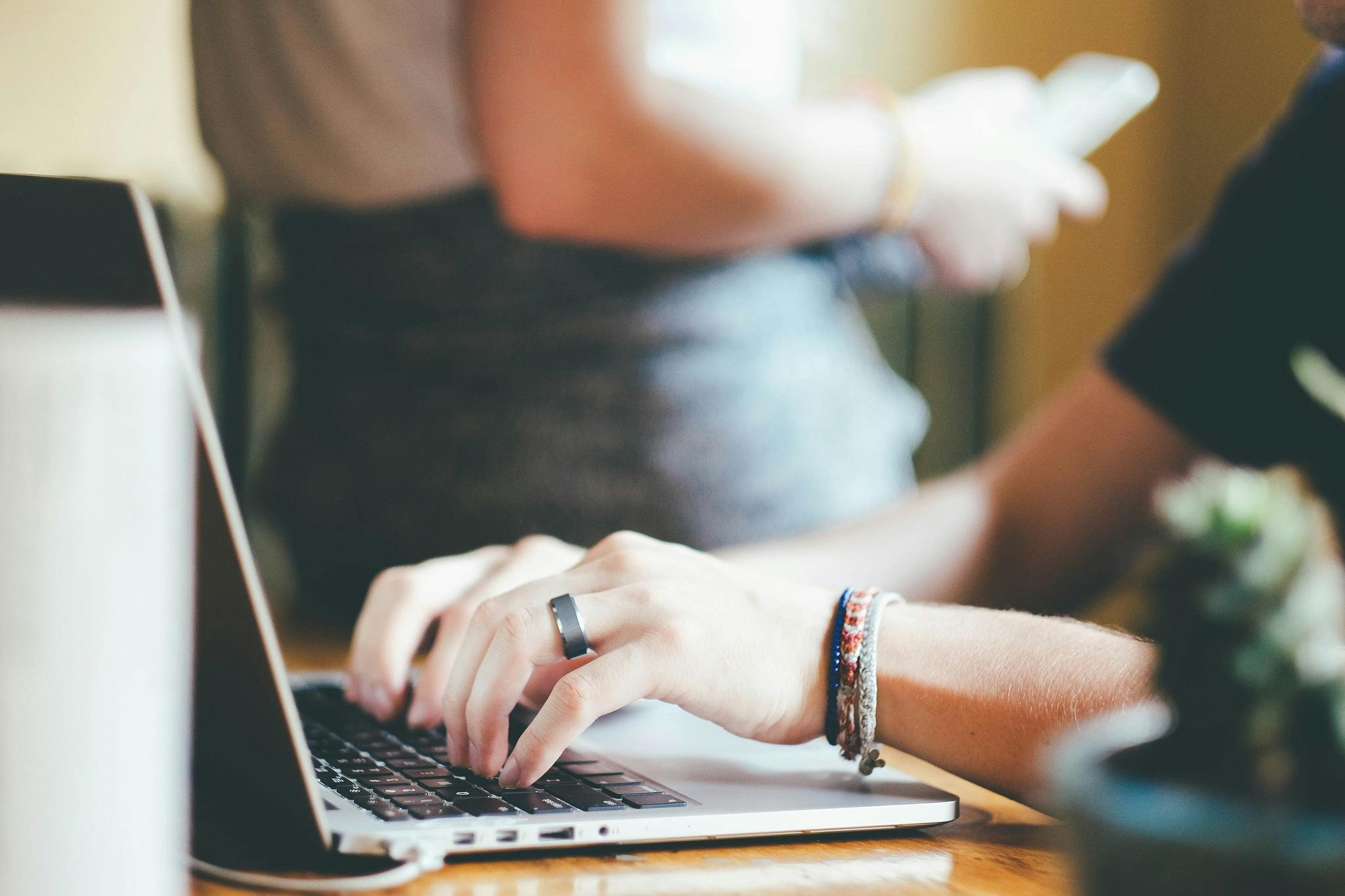
As an online privacy-focused writer, I often see people who want to make changes to Wikipedia pages without revealing their personal identity. They might be correcting misinformation, updating old facts, or adding information while protecting themselves from employers or governments. While complete anonymity on Wikipedia isn’t possible due to the platform’s transparency and technical tracking, you can significantly reduce your identifiability. Wikipedia even explicitly welcomes editors who want to remain anonymous 1. This guide provides step-by-step instructions for editing Wikipedia while maximizing your privacy, using the right tools and ethical practices that respect both your needs and Wikipedia’s community standards.
Privacy First: Building Your Foundation
Before making any Wikipedia edits, you need to set up a basic privacy infrastructure. I’ve seen too many people skip these foundational steps and regret it later.
- Change your internet connection: Use public WiFi at a library or cafe instead of your home network, which leaves traces linked to your identity.
- Use a different device: Borrow a computer or use a public terminal instead of your personal device. It might feel a bit like a spy movie, but it’s a classic first step for a reason.
- Clean your digital footprint: If using your own device, thoroughly clear your cookies, cache, and browsing history before and after editing.
Remember that home connections typically have static IP addresses registered to your name through your ISP, making them easily traceable.
Setting Up a Privacy-Focused Browser Environment
Configure your browser to minimize fingerprinting and tracking. As someone who spends a lot of time in browser settings, I can tell you these small tweaks make a big difference.
Firefox Setup
- Type about:config in the address bar.
- Enable privacy.resistFingerprinting.
- Set privacy.firstparty.isolate to true.
- Disable WebGL and WebRTC.
Brave Browser Alternative
- Use Brave’s built-in Shields feature set to “Aggressive.”
- Enable fingerprinting protection in privacy settings.
Essential Privacy Extensions
- Install CanvasBlocker to prevent canvas fingerprinting.
- Add Privacy Badger to block tracking scripts.
- Use HTTPS Everywhere to ensure encrypted connections.
These configurations can significantly reduce your browser’s unique fingerprint.
IP Editing vs. Creating a Pseudonymous Account
You have two main approaches for editing. This is where people often get tripped up; it feels like not logging in is more anonymous, but on Wikipedia, the opposite is often true.
| Feature | IP Editing (No Account) | Pseudonymous Account |
| Privacy level | Low, IP address publicly visible | Higher, IP address not publicly visible |
| Limitations | Restricted from some pages, higher scrutiny | None after becoming “autoconfirmed” |
| Best for | One-time minor edits | Regular contributing |
| IP visibility | Public in edit history | Hidden from public view |
| Scrutiny level | High | Lower after establishing history |
IP Editing (No Account)
- What it is: Making edits without logging in.
- Privacy level: Low, your IP address is publicly visible in the Wikipedia edit history.
- Limitations: Restricted from editing some pages, higher scrutiny from admins, and increased risk of being identified.
- Best for: One-time minor edits.
Pseudonymous Account
- What it is: Creating an account with no connection to your identity.
- Privacy level: Higher, your IP address is not publicly visible.
- Benefits: Access to more editing functions and lower scrutiny after becoming “autoconfirmed.”
- Autoconfirmed privileges gained: After 10+ edits over 4+ days, you can edit semi-protected pages, move pages, create new articles, upload files, and access more tools.
A registered account often provides better privacy than IP editing because your IP address is not publicly displayed in edit histories 2.
Wikipedia’s Built-in Editing Tools
Wikipedia offers two primary editing interfaces. For more detailed instructions, see the Cornell University Library’s Wikipedia editing guide 3.
VisualEditor (WYSIWYG interface)
- Click the “Edit” tab on any article page.
- This provides a user-friendly, visual interface similar to a word processor.
Source Editor (Raw wikitext)
- Click the “Edit source” tab.
- This gives you direct access to Wikipedia’s markup language for more control, but it requires learning wiki syntax.
Both editors allow you to change articles while maintaining the privacy protections outlined in this guide.
Making Anonymous Edits: Step-by-Step Process
- Go to the target article.
- Choose your editing interface (VisualEditor or Source Editor).
- Make content changes with proper sourcing.
- Protect your privacy by:
- Avoiding personal information in edits or summaries.
- Using a pseudonymous account (the most private option).
- Editing while logged out with a VPN (your IP may still be visible).
- Publish your changes with an appropriate edit summary.
Using Talk Pages for Suggestions
If direct editing poses too much risk, suggest changes through Talk pages.
Submitting Talk Page Suggestions:
- Access the “Talk” tab on the article page.
- Use the “Add topic” button for new discussions.
- Write clear, descriptive section headings.
- State suggestions concisely with links to policy.
- Sign with four tildes (~~~~) for an automatic timestamp.
- Notify other editors using templates like {{Reply to|Username}} (limit 50 mentions per post).
Response Expectations:
- Expect responses within several days to a week.
- Possible outcomes include no response, rejection with reasons, acceptance, or extended discussion.
- There is no guaranteed response time.
Communication Standards:
- Practice civility and clarity.
- Avoid cross-posting to multiple forums.
- Check talk page archives before posting.
- Use content-focused language.
- Indent replies with colons (:).
IP Block Exemption (IPBE) Requests
Wikipedia offers legitimate privacy protection through IPBE for users with valid concerns.
Application Process:
- Establish a positive editing history first through regular edits.
- Visit Special:IPBlockExempt to apply for an exemption.
- Provide a legitimate reason for needing privacy.
- Wait for an administrator review (typically 1–7 days).
Successful Justification Examples:
| Category | Approach |
| Political risk | Reference country-level political or legal risks without disclosing your location. |
| Workplace surveillance | Mention employment monitoring concerns without naming your employer. |
| National censorship | Cite regional firewalls or filtering without specifying geography. |
| Educational blocks | Reference institutional IP blocks without naming the institution. |
IPBE Best Practices:
- Emphasize your good standing and constructive editing history.
- Demonstrate the necessity is due to circumstances beyond your control.
- Commit to not abusing privacy tools.
- Focus on the nature of the risk rather than specific personal details.
Wikipedia administrators understand legitimate privacy concerns and often grant exemptions for good-faith editors.
Using the Tor Network for Maximum Privacy
Tor provides strong anonymity but requires special handling for Wikipedia. Using it can feel like trying to get into an exclusive club; it’s possible, but you need special permission first.
- Download and install the Tor Browser from torproject.org.
- Configure the browser to its maximum security level.
- Be aware that most Tor exit nodes are automatically blocked.
- Request an IP Block Exemption specifically for Tor.
- Consider using the Tails OS for complete session isolation.
The Tor network changes your exit node regularly, providing strong protection against tracking, but editing through Tor requires explicit permission from Wikipedia 4.
VPN Selection and Setup
Wikipedia strictly limits VPN and proxy use because of past abuse but offers options for legitimate use.
VPN Selection Tips:
- Choose services that offer dedicated or static IP addresses, as these are less likely to be blocked.
- Avoid free VPNs, they are almost always blocked.
- Test your connection before making significant edits.
Advanced Anti-Fingerprinting Techniques
Prevent device identification across sessions with these methods.
| Technique | Implementation |
| Screen standardization | Set resolution to common sizes (e.g., 1920×1080). |
| Language uniformity | Use English-US browser settings. |
| Font normalization | Block custom font loading. |
| Time zone masking | Set your time zone to UTC or a high-population zone. |
| Hardware info blocking | Disable JavaScript access to hardware details. |
These techniques prevent the correlation of your edits across different sessions and connections.
Common Identity-Revealing Mistakes to Avoid
Don’t compromise your privacy with behavioral patterns. Think of it like a detective story: you wouldn’t leave the same unique calling card at every crime scene, right? The same idea applies here.
- Consistent editing patterns: Editing at the same times daily or weekly.
- Topic concentration: Repeatedly editing the same specific subjects.
- Writing style: Using distinctive phrases or unusual punctuation.
- Edit timing: Making rapid successions of edits that reveal connection patterns.
- Personal knowledge: Displaying unique information that only you would know.
Administrators use these patterns to identify “sock puppets” (multiple accounts from one person) through behavioral analysis 3.
Professional Wikipedia Editing Services
For users who require complete anonymity while ensuring compliance with Wikipedia policies, professional services exist.
Third-Party Service Approach (such as reputn.com):
- Maintains client anonymity through an intermediary editor.
- Handles required paid editing disclosures on behalf of clients.
- Collects client information internally for verification and compliance.
- Does not expose the client’s identity publicly on Wikipedia.
- Follows Wikipedia’s conflict-of-interest and transparency guidelines.
Professional Wikipedia editing services like those at https://reputn.com/wikipedia-page-creation-service/ exist, though all paid editing relationships must be disclosed according to Wikipedia’s policies.
Ethical Guidelines While Maintaining Privacy
Privacy protection does not mean abandoning Wikipedia’s principles.
- Neutral point of view: Present information fairly regardless of your opinions.
- Verifiability: Cite reliable sources, privacy does not excuse poor sourcing.
- Conflict of interest: Disclose paid editing relationships even while maintaining personal anonymity.
- Good faith editing: Make constructive edits that improve the encyclopedia.
Following these principles helps you avoid scrutiny that could lead to an account investigation.
Layered Security for Long-Term Editing
Combine multiple protection methods for sustained contribution.
- VPN-to-Tor chains: Connect to a VPN, then to Tor, then to Wikipedia.
- Session isolation: Use different browsers for different editing personas.
- Timing variation: Edit at random times rather than in patterns.
- Geographic distribution: Use different connection points periodically.
- Topic diversification: Edit across multiple subject areas.
This layered approach makes connection and behavioral analysis significantly more difficult 2.
Handling Restrictions Without Compromising Privacy
If your account or IP gets blocked:
- Check the block reason: Visit Special:BlockList to understand why.
- Use proper appeals: Use the Wikipedia:Unblock Ticket Request System.
- Give privacy-preserving explanations: Explain your situation without revealing your identity.
- Use alternative channels: Consider talk page suggestions if direct editing is blocked.
Remember that evading blocks with new accounts (“sock puppetry”) violates Wikipedia policy and risks a permanent ban.
Understanding the Limits of Wikipedia Anonymity
Be realistic about what is possible.
- Complete anonymity is impossible: All edits leave some trace.
- CheckUser tool: Administrators can connect accounts to IPs in abuse investigations 5.
- Long-term patterns: Extended editing creates identifiable behavioral fingerprints.
- Legal requests: Court orders can compel the Wikimedia Foundation to reveal information.
Wikipedia balances transparency with privacy, but transparency often takes precedence in its system design.
FAQs
1. Can you anonymously edit Wikipedia?
While complete anonymity is technically impossible in 2025, you can significantly reduce your identifiability. Your edits will always leave some trace, but following the methods in this guide can help protect your personal identity 2.
2. Can people see who edited a Wikipedia page?
For registered accounts, people can see your username but not your IP address. For unregistered (IP) edits, your IP address is publicly visible in the Wikipedia edit history. Administrators with special permissions can sometimes connect accounts to IP addresses during abuse investigations 5.
3. Can any random person edit Wikipedia?
Yes, Wikipedia allows anyone to edit most articles, though some pages are protected from editing by new or unregistered users because of vandalism concerns.
4. Can I edit a Wikipedia page without an account?
Yes, you can edit many Wikipedia pages without an account (known as “IP editing”), but your IP address will be publicly visible in the edit history. Additionally, unregistered users face more restrictions on which pages they can edit 2.
1: https://en.wikipedia.org/wiki/Wikipedia:Wikipedia_welcomes_editors_who_strive_for_anonymity
2: https://en.wikipedia.org/wiki/Wikipedia:IP_edits_are_not_anonymous
3: https://guides.library.cornell.edu/wikipedia/editing
4: https://en.wikipedia.org/wiki/Wikipedia:Advice_to_users_using_Tor
5: https://en.wikipedia.org/wiki/Wikipedia:CheckUser




